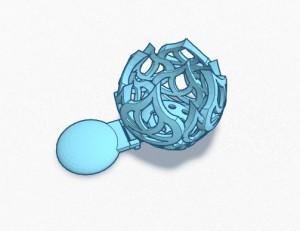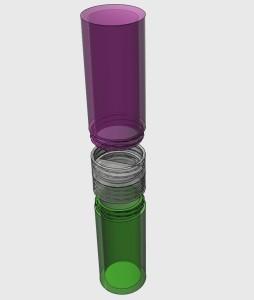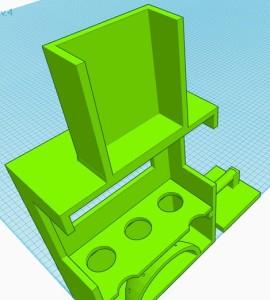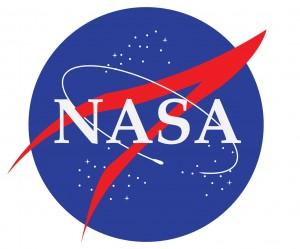 Last May as part of a series of challenges aimed at getting kids involved in STEM education, NASA launched the 3D Space Container Challenge. NASA asked that students ranging in age from five to fifteen to design useful and innovative containers that could be 3D printed in space. The students simply needed to submit a digital 3D model of a container of their own design that they believed would be able to help astronauts keep the space station tidy and organized, or replace existing containers that currently need to be launched into space. The submitted designs were separated into two categories, the Teen Finalists aged thirteen to fifteen and the Junior Finalists aged five to twelve. NASA and cosponsor ASME have now announced the designs and students chosen as challenge finalists.
Last May as part of a series of challenges aimed at getting kids involved in STEM education, NASA launched the 3D Space Container Challenge. NASA asked that students ranging in age from five to fifteen to design useful and innovative containers that could be 3D printed in space. The students simply needed to submit a digital 3D model of a container of their own design that they believed would be able to help astronauts keep the space station tidy and organized, or replace existing containers that currently need to be launched into space. The submitted designs were separated into two categories, the Teen Finalists aged thirteen to fifteen and the Junior Finalists aged five to twelve. NASA and cosponsor ASME have now announced the designs and students chosen as challenge finalists.
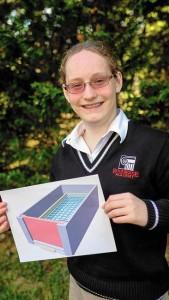
Sarah Daly and her winning Fruit Fly Feeder design. [Photo: Catherine Daly, provided to the Baltimore Sun]
“We found out about the contest over the summer. I thought that it would be nice for the kids to do something constructive during the summer instead of wasting their brains. I showed it to all of my four kids, and my 5-year-old couldn’t really do too much, but they all thought it was so cool. Once we downloaded the software, Sarah just came up with the design by herself. She got no guidance or instruction or discussion from us. When I saw her design, I was stunned by how clearly she has a mind for engineering,” Sarah’s mother Catherine Daly told the Baltimore Sun.
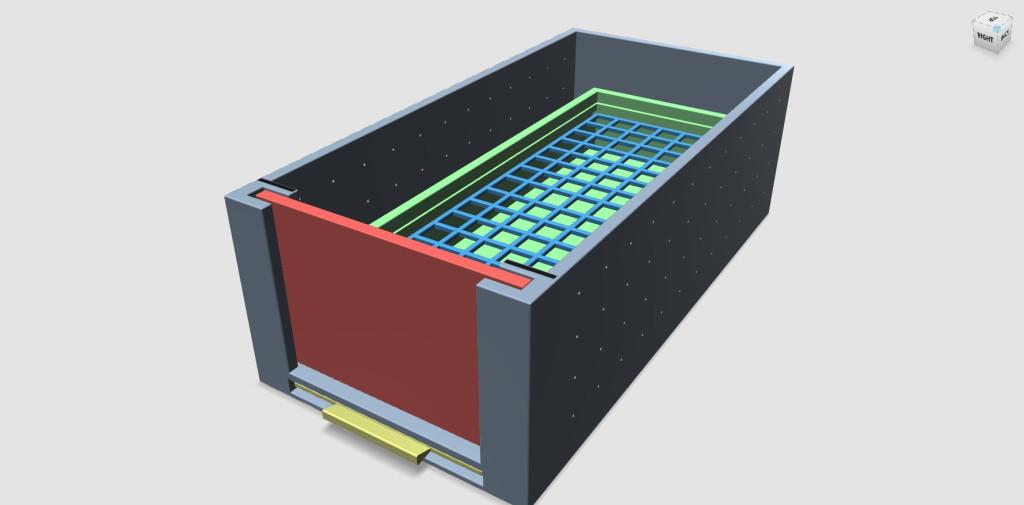 As part of the contest students were offered some basic information about the types of containers that astronauts need and why they need so many of them. They were also given access to a free CAD software package that they could use to create their designs. The 3D Space Container Challenge is the second in a series of challenges being sponsored by NASA and ASME (The American Society of Mechanical Engineers), the first being the 3D Printed Space Tools Challenge. The four person panel of judges based their decisions on the innovation and creativity of the container solution and the students ability to communicate their design in their text description and ultimately in their finalist interview.
As part of the contest students were offered some basic information about the types of containers that astronauts need and why they need so many of them. They were also given access to a free CAD software package that they could use to create their designs. The 3D Space Container Challenge is the second in a series of challenges being sponsored by NASA and ASME (The American Society of Mechanical Engineers), the first being the 3D Printed Space Tools Challenge. The four person panel of judges based their decisions on the innovation and creativity of the container solution and the students ability to communicate their design in their text description and ultimately in their finalist interview.
“One of them said that fruit fly larvae are very, very small, and apparently they’re smaller than the air holes that I had in my design. But I’m not sure if it’s possible to use a 3D printer to create an environment that provides oxygen and does not allow larvae to escape. Extra parts would be necessary,” Sarah explained.
The other three finalists included some pretty amazing and innovative designs, especially considering that they were designed by kids under twelve. Emily T entered a design for a Flower Tea Cage that was designed to hold tea leaves inside of liquid in a zero gravity environment. The cage will contain the tea leaves so they won’t float away and then hot water is squirted into the cage, which will hold the water in place and steep the tea. Vera Z submitted Aquarius, a cap that connects two bottles with a water-tight seal. The caps remain sealed until they are twisted in opposite directions, which opens up a hole between both bottles that allows the liquids to be mixed freely. And William V entered the amazing Space Terrarium v.4, which was designed to work in zero-gravity conditions. The design includes a tray with holes in it that keep the soil in place while allowing the plants to grow and a plunger apparatus that allows water to be injected directly into the soil.
The ten semi-finalists all received a $50 gift certificate for Shapeways, so they could 3D print their design, or anything else available on their 3D printables marketplace. All four of the finalists, including Sarah, will receive a one week scholarship to Space Camp where they will simulate space shuttle missions, learn about space exploration and simulate moon walks. And a grand prize winner, soon to be announced, will win a 3D printer for their school.
Discuss this story in the NASA Space Challenge forum thread on 3DPB.com.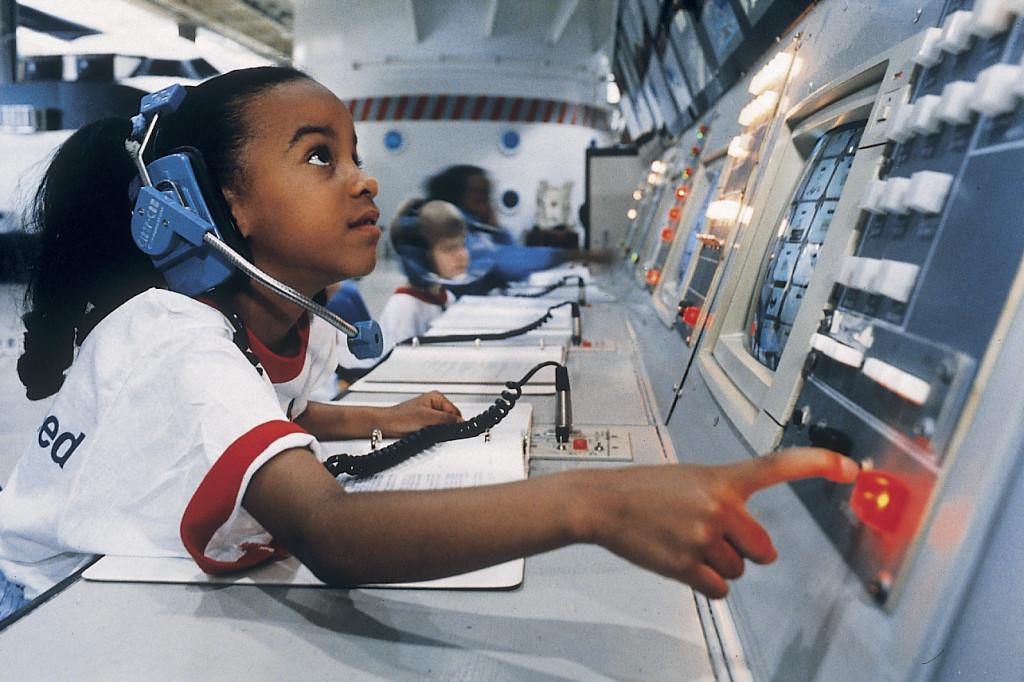
Subscribe to Our Email Newsletter
Stay up-to-date on all the latest news from the 3D printing industry and receive information and offers from third party vendors.
You May Also Like
3D Printing Financials: Fathom Struggles in Financial Quicksand During Critical Transition
Facing a year of key transitions and financial pressures, Fathom (Nasdaq: FTHM) has filed its annual report for 2023 with the U.S. Securities and Exchange Commission (SEC). The document outlines...
Latest Earnings Overview for Australian 3D Printing Firms Titomic and AML3D
Australian 3D printing manufacturing firms Titomic (ASX: TTT) and AML3D (ASX: AL3) reported their financial results for the period from July to December 2023, marking the first half of their...
3D Printing Webinar and Event Roundup: April 7, 2024
Webinars and events in the 3D printing industry are picking back up this week! Sea-Air-Space is coming to Maryland, and SAE International is sponsoring a 3D Systems webinar about 3D...
3D Printing Financials: Unpacking Farsoon and BLT’s 2023 Performance
In the Chinese 3D printing industry, two companies, Farsoon (SHA: 688433) and Bright Laser Technologies, or BLT (SHA: 688333), have recently unveiled their full-year earnings for 2023. Farsoon reported increases...


